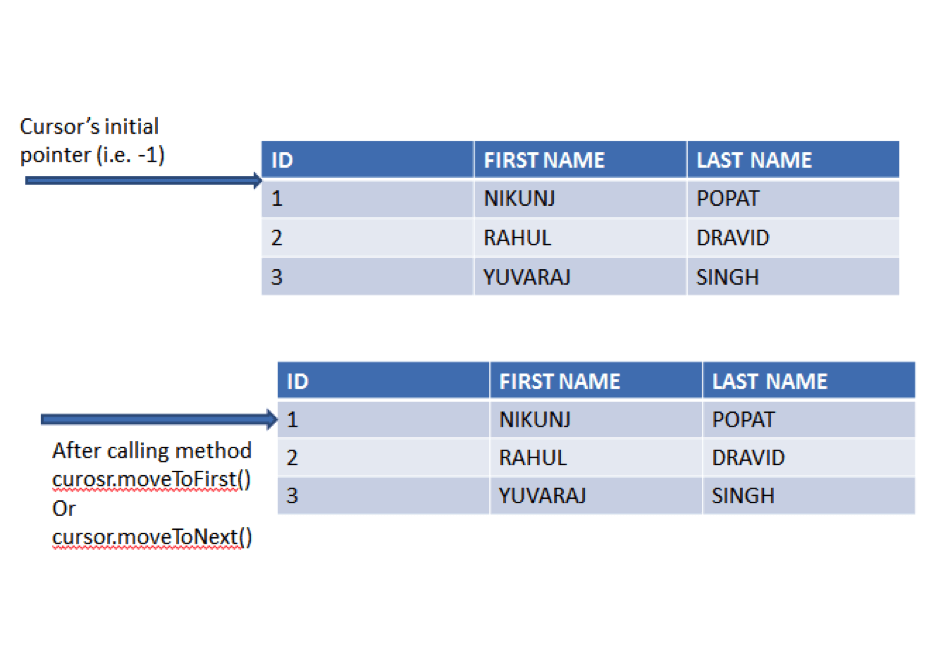

Insert into cricketers_data values('Virat', 'Kohli', DATE(''), 'Delhi', 'India') This is how I get the row count for a single table: SELECT TotalRows SUM (st.rowcount) FROM sys. Insert into cricketers_data values('Kumara', 'Sangakkara', DATE(''), 'Matale', 'Srilanka') Example use cases for the DBSTAT virtual table include the sqlite3analyzer.

Insert into cricketers_data values('Jonathan', 'Trott', DATE(''), 'CapeTown', 'SouthAfrica') Overview The DBSTAT virtual table is a read-only eponymous virtual tablethat returns information about the amount of disk space used to store the content of an SQLite database. We will be using the cursorobj. Example: SQLite count(DISTINCT) function. In this article, we will discuss how we can count the number of rows of a given SQLite Table using Python. The first method returns all tables and views for all attached databases. Generally, in SQLite Count () function will work with non-NULL numeric values to return a number of times non-NULL values exist in a column based on the defined expression.

Now, we will insert 5 records in cricketers_data table using INSERT statements − insert into cricketers_data values('Shikhar', 'Dhawan', DATE(''), 'Delhi', 'India') count() Returns the total number of rows in a query, regardless of NULL values. Here are two ways to return a list of tables in all attached databases in SQLite. In SQLite Count () Function is an aggregate function that is used to return the total number of rows in a table based on the specified expression or conditions. Let us create a table with name cricketers_data in MySQL database using CREATE statement as shown below − CREATE TABLE cricketers_data( Using this you can get the number of rows in a table. The SQL Count() function returns the number of rows in a table.


 0 kommentar(er)
0 kommentar(er)
